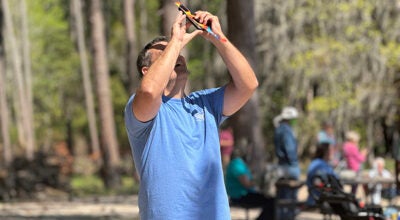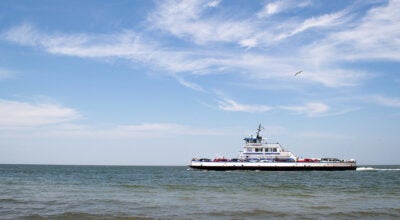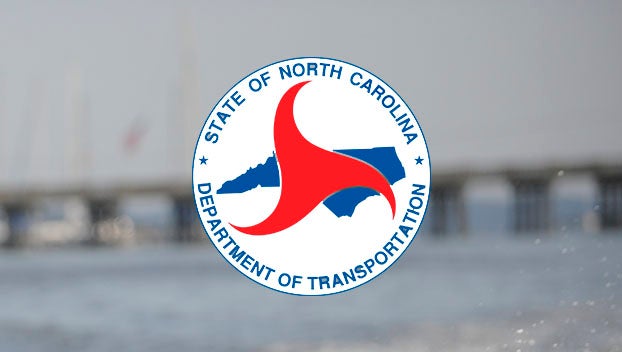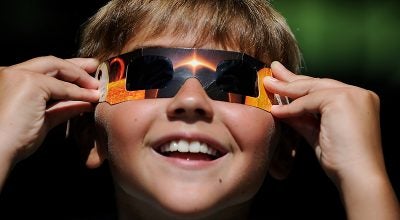Beaufort County gets ‘F’ in social distancing
Published 7:00 pm Monday, April 6, 2020
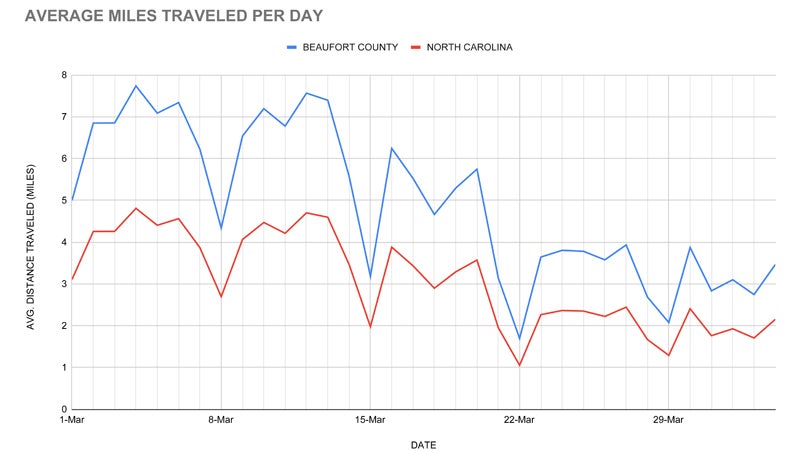
- LESS MOVEMENT: Information from data firm Descartes Labs shows a steady decrease in travel both in Beaufort County and statewide since March 1. The company is one of many using big-picture cell phone location data to measure how well Americans are social distancing. (Data from Descartes Labs)
|
Getting your Trinity Audio player ready...
|
Beaufort County residents need to do better at social distancing, according to modeling from companies using anonymous cell phone location data to follow public movement amidst the spread of COVID-19.
A company called Unacast has assigned each state and county nationwide a “social distancing” letter grade based on three factors — changes in visits to “non-essential” businesses, changes in average mobility and new reported cases.
Beaufort County is one of 43 counties statewide that received an F. North Carolina fared little better as a state, ranked at a D-minus.
With widespread use of smartphones, Unacast is one of many companies collecting information on American mobility in the face of a public health crisis, and state officials are taking note.
“There are a number of data sources we’re looking in terms of understanding our folks complying with the stay at home order,” N.C. Department of Health and Human Services Secretary Dr. Mandy Cohen said Monday. “We’re also seeing there are a number of studies that have shown the tracking of cell phone data that gave folks a grade by county, of how well folks are moving around. I think all of those things are data that we look at to see how well we are doing in complying with social distancing. “
Another data firm, Descartes Labs, uses anonymous, mass-compiled cell phone data to calculate how far the typical person travels in a given day, right down to the county level. According to data from that company, Beaufort County has seen a steady decrease in average miles traveled per day since March 1.
In the first week of March, the typical Beaufort County resident was traveling somewhere between six to eight miles each weekday, a trend that continued until the middle of the month. From March 22 onward, the data suggests that the average person is traveling less than four miles from home each day.
Through a tool called “Community Mobility Reports,” Google is also offering data about travel habits, broken down by visits to a variety of categories. The data is measured against a baseline set on Feb. 16 to provide a frame of reference. The data, released last week, did not include numbers after a statewide stay-at-home order went into effect.
Google’s data indicates that there was a 22% decrease in visits to retail and recreation locations throughout Beaufort County since Feb. 16, as well as a 7% dip in visits to grocery stores and pharmacies. Visits to workplaces are down by 25%, while visits to parks are up 58%, according to the data, which also shows more people simply staying at home.
The information is compiled via cell phone users who have turned location history on with Google via applications like Google Maps.
“No personally identifiable information, such as an individual’s location, contacts or movement, will be made available at any point,” a statement from the company reads. “Insights in these reports are created with aggregated, anonymized sets of data from users who have turned on the Location History setting, which is off by default.”
More information on these studies can be found at www.unacast.com/covid19/social-distancing-scoreboard, www.google.com/covid19/mobility, and www.unacast.com/covid19/social-distancing-scoreboard.


